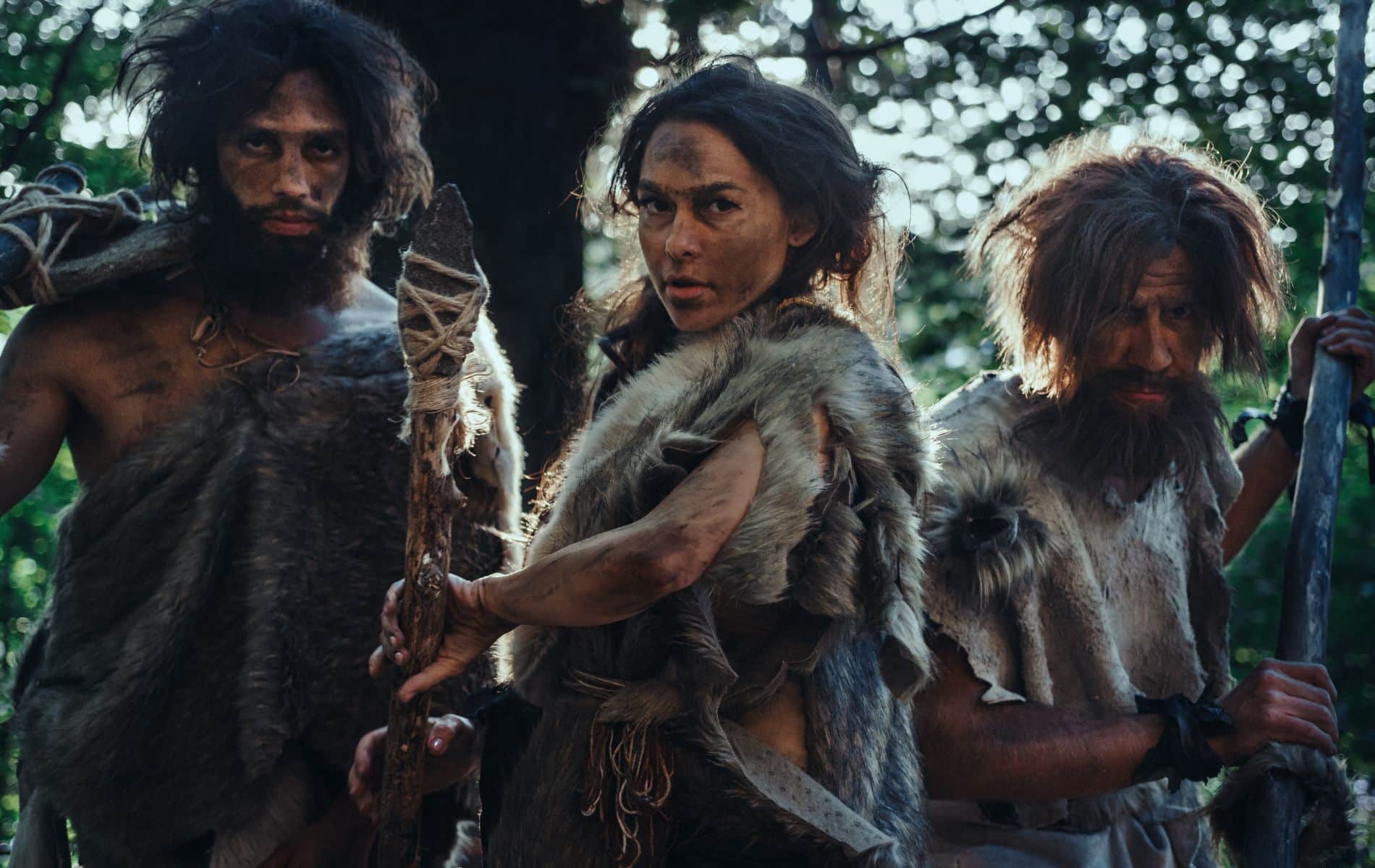This study puts to rest the long-held assumption that hunting was only a matter for men. “Everyone contributed to the hunt, not just the men.”
Movies, books and series leave no doubt about this. In ancient times, a man would “hunt” with a spear in his hand, accompanied by a “gathered woman,” with a child on her back and a basket of nuts, berries, and edible plants in her hand. “This is what everyone is used to seeing,” says researcher Kara Ocobuk. “This is the idea that is ingrained in all of us and conveyed by natural history museums.”
It’s different
But in the meantime, more and more studies are emerging that paint a very different picture. Women would not watch their men hunting big game, but would readily join them in the hunt. Ocobock’s latest studies support this as well. In fact, she discovered that not only did prehistoric women engage in hunting, but that their female physique and biology would naturally make them better suited to this activity. “In these studies, we do not seek to erase or rewrite history, but rather to make corrections to a history from which women are often excluded,” Okobock said.
Durability
In the Physiological study The researcher explains that prehistoric women were highly skilled at the hard work of hunting prey. Perhaps they can maintain this successfully for longer periods of time. “Considering metabolism, the female body is better adapted for endurance,” Okobock explains. “This would have been necessary for hunting, as they would have had to stalk their prey for a long time before actually attacking.”
Two hormones
One of the main contributors to improved metabolism are hormones – in this case estrogen and adiponectin. These hormones are usually more abundant in women’s bodies than in men’s bodies. They play an essential role in regulating glucose and fat in the female body, which is crucial for athletic performance.
1) Estrogen
Estrogen specifically plays a role in regulating the way the body processes fat. It encourages the body to use stored fat as an energy source before utilizing carbohydrate supplies. “Because fats contain more calories than carbohydrates, they burn more slowly and gradually,” Okobock says. “This means that the same amount of energy can keep you active longer and delay fatigue.” At the same time, estrogen also helps protect the body’s cells from damage when the body is exposed to heat from intense physical activity. “It plays a critical role in heart health, metabolism, brain development, and even injury healing,” Ocobuk summarizes.
2) Adiponectin
Adiponectin not only increases fat burning but also ensures that the body uses carbohydrates and proteins sparingly. This allows the body to stay active for a long time. In this way, adiponectin protects muscles from breakdown and keeps them in good condition for long-term exercise.
physique
The way women are built is another element that researchers have identified as an advantage while hunting. “Since women tend to have wider hips, they can rotate their hips, making their strides longer,” Ocobuk explains. “Longer strides require less energy in terms of metabolism, allowing you to move forward faster. If you look at human anatomy in this way, you can compare women to marathon runners and men to strength athletes.
Injuries
In the Archaeological study The researcher explains that many previous excavations show that prehistoric women suffered the same injuries resulting from dangerous hunting activities as men. The injuries they suffered were similar to those suffered by modern-day rodeo clowns — injuries to the head and chest from the animal’s kicks, or to the extremities from bites or fractures. “We find these infections in women as well as in men,” Okobock continues. “This indicates that both sexes hunt large game.”
Hunting weapons
What further reinforces this is the discovery of prehistoric graves in Peru, where women from the Holocene era were buried with hunting weapons. “People don’t often get buried with something unless it’s important to them or because it was an item they used regularly,” Okobock said.
Women were also hunted
In general, the researcher is firmly convinced that women are not inferior to men when it comes to hunting. “Hunting was something everyone did, not just men,” Okobock concludes. “This was especially the case in prehistoric societies where everyone had to help survive. There were not enough people to specialize in different tasks. Everyone had to be a specialist in order to survive. Moreover, not “We have no reason to believe that prehistoric women stopped hunting when they were pregnant, lactating, or carrying children. We find no evidence of a strict division of sexual labor in the distant past.”
This revelation is very important in our society, where gender and sexuality receive a lot of attention. “I hope people can change long-held ideas about female physical inferiority,” Okobock asserts. According to her, it is crucial that scholars be very careful about allowing modern biases into their interpretations of the past. She notes that researchers need to be aware of their biases and make sure they are asking the right questions so that the questions do not lead them to what they want to see. “It’s important to change our biases or at least stop and think before we apply them,” Ocobuk says. “We cannot simply judge someone’s skills based on gender or gender.”







